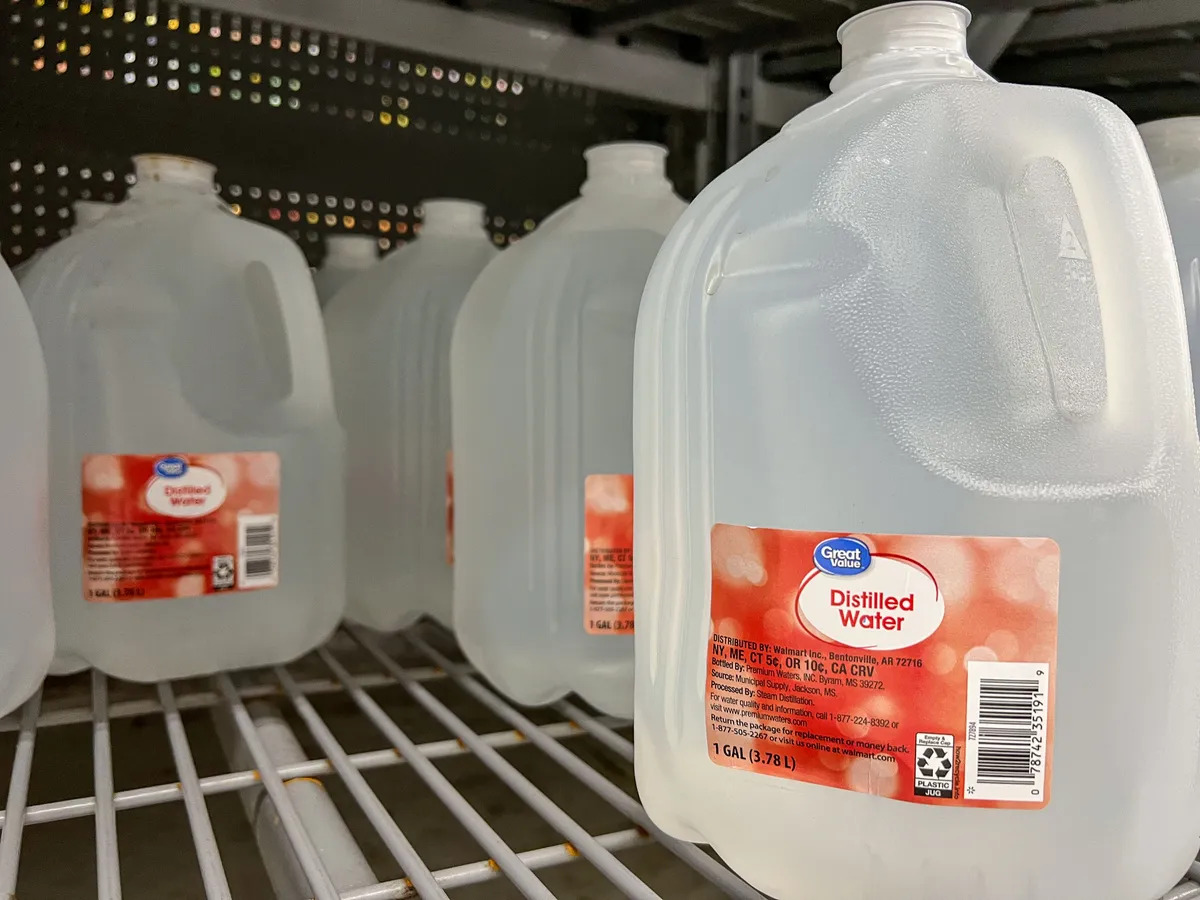

Articles
How To Store Distilled Water
Modified: May 6, 2024
Learn the best ways to store distilled water with these helpful articles. Find tips on containers, shelf life, and more to ensure its freshness and purity.
(Many of the links in this article redirect to a specific reviewed product. Your purchase of these products through affiliate links helps to generate commission for Storables.com, at no extra cost. Learn more)
Introduction
When it comes to ensuring the freshness and purity of distilled water, proper storage is crucial. Distilled water is water that has been purified through a process of boiling and condensation to remove impurities and contaminants. It is commonly used in households, medical facilities, laboratories, and various industrial applications. However, storing distilled water correctly is essential to maintain its quality and prevent the growth of bacteria and other microorganisms.
In this article, we will explore the importance of proper storage for distilled water and provide guidance on how to store it effectively to preserve its purity and ensure its usability when needed.
Key Takeaways:
- Proper storage of distilled water is crucial for maintaining its purity, usability, and shelf life. Choosing the right containers, cleaning and sterilizing them, and storing in a cool, dark location are key steps to ensure its quality.
- Regularly checking for purity through visual inspection, odor testing, and purity tests is essential to safeguard against contamination and ensure the distilled water remains safe and suitable for various applications.
Read more: How To Store Opened Distilled Water
Importance of Proper Storage
Proper storage of distilled water plays a vital role in maintaining its quality and usability. Here are some key reasons why it is important to store distilled water correctly:
- Purity: Distilled water goes through a rigorous purification process to remove impurities and contaminants. Proper storage ensures that the water remains free from any external pollutants, maintaining its high level of purity.
- Prevention of Bacterial Growth: Distilled water is susceptible to microbial contamination if not stored correctly. Bacteria and other microorganisms can multiply rapidly in improperly stored water, leading to potential health risks. By following proper storage practices, such as using clean containers and sealing them tightly, you can minimize the risk of bacterial growth.
- Extended Shelf Life: Distilled water can have a long shelf life if stored properly. Factors such as exposure to light, heat, and air can degrade its quality over time. By storing it correctly, you can extend its shelf life and ensure that it remains safe and usable for an extended period.
- Preparation for Emergencies: Having a stock of properly stored distilled water is essential during emergencies or natural disasters when access to clean water may be limited. By storing enough water in advance, you can be prepared to meet the needs of your family or community in such situations.
Overall, ensuring the proper storage of distilled water is not only critical for maintaining its purity and usability but also for promoting good health and well-being.
Choosing the Right Containers
When it comes to storing distilled water, selecting the right containers is essential. Here are some factors to consider when choosing containers for storing distilled water:
- Material: Look for containers made of food-grade materials, such as glass, stainless steel, or high-density polyethylene (HDPE). These materials are non-reactive and do not leach any harmful substances into the water.
- Sealability: Ensure that the containers have tight and secure lids or caps to prevent any air or contaminants from entering the water. Airtight seals help maintain the purity and quality of the distilled water.
- Size: Consider the volume of distilled water you intend to store and choose containers that can accommodate that amount. It is often wise to have a variety of container sizes to meet different needs.
- Transparency: Opt for transparent or translucent containers that allow you to monitor the water quality visually. This way, you can easily identify any changes or contamination issues.
- Handling: Consider the ease of handling and pouring when choosing containers. Look for options with ergonomic designs and convenient spouts or handles.
Remember to thoroughly clean and sanitize the containers before using them to store distilled water. It is also a good practice to label the containers with the date of storage to ensure you use them in a timely manner.
Moreover, if you plan to store large quantities of distilled water, consider using dedicated water storage containers that are designed specifically for long-term water storage. These containers often come with built-in features like UV protection and stackability, which can be beneficial for emergency preparedness.
By selecting the appropriate containers, you can ensure the integrity of your stored distilled water and maintain its quality for an extended period.
Cleaning and Sterilizing Containers
Before storing distilled water in containers, it is crucial to clean and sterilize them properly to eliminate any potential contaminants. Here’s a step-by-step guide on how to clean and sterilize containers for storing distilled water:
- Step 1: Wash with mild detergent: Start by washing the containers with warm water and a mild detergent. Use a clean sponge or brush to scrub both the inside and outside of the containers. Rinse thoroughly to remove any soap residue.
- Step 2: Rinse with distilled water: After washing, rinse the containers several times with distilled water. This step helps to remove any remaining detergent or impurities.
- Step 3: Sterilize: There are multiple ways to sterilize the containers. You can choose one of the following methods:
- Boiling: Place the containers in a pot of boiling water for at least 10 minutes. This effectively kills most microorganisms.
- Bleach solution: Create a bleach solution by mixing 1 teaspoon of bleach with 1 gallon of water. Thoroughly rinse the containers, then fill them with the bleach solution, making sure to cover all internal surfaces. Let the solution sit for a few minutes, then rinse the containers thoroughly with distilled water.
- Hydrogen peroxide: Use a solution of 3% hydrogen peroxide to sterilize the containers. Fill the containers with the solution, ensuring all surfaces are covered. Let it sit for a few minutes, then rinse thoroughly with distilled water.
- Steam sterilization: If you have a steam sterilizer, follow the manufacturer’s instructions to sterilize the containers.
- Step 4: Air-dry: Once sterilized, allow the containers to air-dry completely before filling them with distilled water. Make sure there is no moisture left, as it can promote the growth of microorganisms.
It is important to note that regular cleaning and sterilization of containers should be done even if you use them exclusively for storing distilled water. This practice helps to maintain the cleanliness and safety of the containers and the distilled water they hold.
By following these steps, you can ensure that the containers are free from contaminants and provide a safe environment for storing distilled water.
Filling and Sealing Containers
Once you have chosen clean and sterilized containers, it is time to fill them with distilled water and ensure proper sealing to maintain its quality. Here are some essential steps to follow when filling and sealing containers:
- Step 1: Leave headspace: When filling the containers with distilled water, leave about an inch of headspace at the top. This allows for expansion if the water freezes, preventing the containers from cracking or bursting.
- Step 2: Avoid touching the inside: To maintain the cleanliness of the water, avoid touching the inside of the container or the water with your hands. Use a clean funnel or pour directly from a clean jug to minimize the risk of contamination.
- Step 3: Secure lids or caps: Ensure that the lids or caps are tightly sealed to prevent air and contaminants from entering the containers. Double-check for any leaks or loose closures. If the containers have screw-on lids, make sure they are tightened securely.
- Step 4: Label the containers: It is essential to label the containers with the date of storage. This helps you keep track of the freshness of the distilled water and use the oldest stock first.
- Step 5: Store upright: Store the filled and sealed containers in an upright position to prevent any accidental spillage or leakage during storage.
- Step 6: Store in a cool and dark location: Choose a storage area that is cool and away from direct sunlight. Heat and light can degrade the quality of distilled water. A cool and dark location helps to maintain the freshness and purity of the water.
It is also important to regularly check the containers for any signs of damage or deterioration. If you notice any cracks, leaks, or compromised seals, transfer the water to a new container and discard the damaged one to ensure the integrity of the stored distilled water.
By following these steps, you can ensure that the distilled water is properly filled, sealed, and stored, preserving its purity and quality for an extended period.
Store distilled water in a clean, airtight container away from direct sunlight and heat sources. Make sure the container is labeled with the date of storage and kept in a cool, dark place to maintain its purity.
Read more: How To Store Distilled Water After Opening
Storing in a Cool and Dark Location
Proper storage of distilled water includes choosing the right location to maintain its freshness and quality. Storing distilled water in a cool and dark place is crucial for several reasons:
- Temperature stability: Fluctuations in temperature can affect the quality of distilled water. Storing it in a cool location helps maintain a stable temperature, preventing any potential degradation or bacterial growth.
- Prevention of light exposure: Exposure to light, especially sunlight, can degrade the quality of distilled water over time. Ultraviolet (UV) rays in sunlight can initiate chemical reactions that may alter the water’s properties. Storing distilled water in a dark location helps to shield it from harmful light exposure.
- Minimizing bacterial growth: Higher temperatures can promote the growth of bacteria and other microorganisms. Storing distilled water in a cool environment reduces the chances of bacterial proliferation, ensuring its long-term safety and usability.
- Preserving taste and odor: Heat and light exposure can also impact the taste and odor of distilled water. By storing it in a cool and dark location, you can preserve its pure and neutral taste, free from any external influences.
Here are some tips for storing distilled water in a cool and dark location:
- Pantry or storage room: Choose a dry and well-ventilated pantry or storage room away from direct sunlight, if possible.
- Closet: If you don’t have a dedicated storage room, a cool and dark closet can also serve as an appropriate location.
- Basement: If your basement remains relatively cool and doesn’t have moisture issues, it can be an ideal option for storing distilled water.
- Garage: If you store distilled water in the garage, ensure that the temperature is stable and the area is not exposed to excessive heat or sunlight.
Always check the storage area for signs of moisture, leaks, or other conditions that could compromise the quality of the distilled water. Keep the containers away from any chemicals, cleaning agents, or strong odors, as these can permeate through the containers and affect the water’s taste and odor.
By storing distilled water in a cool and dark location, you can ensure its longevity and maintain its high quality for an extended period.
Avoiding Contamination
To preserve the purity and integrity of distilled water, it is essential to take measures to avoid contamination. Here are some important steps to follow:
- Use clean utensils: When handling distilled water, make sure to use clean utensils and tools. Avoid touching the inside of the containers or water with your hands to minimize the risk of introducing bacteria or other contaminants.
- Keep the storage area clean: Regularly clean the storage area where you store the containers of distilled water. Sweep or wipe away any dust or debris that may have accumulated. This will help prevent external contaminants from entering the containers.
- Avoid cross-contamination: Do not store distilled water near chemicals, cleaning agents, or other substances that could contaminate it. Keep it separate from any potentially hazardous materials to maintain its purity.
- Practice good hygiene: Wash your hands thoroughly with soap and water before touching the containers or handling the distilled water. This reduces the risk of introducing bacteria or contaminants into the water.
- Store away from potential contaminants: Avoid storing distilled water near sources of fumes, strong odors, or volatile substances. These can seep through the container and affect the taste and quality of the water.
- Refrain from reusing containers: It is best to use single-use containers specifically designed for storing distilled water. While some containers can be reused, the risk of contamination increases with each use. If you do choose to reuse containers, make sure to clean and sterilize them thoroughly before doing so.
Additionally, it is important to be mindful of the expiry date of distilled water. Although distilled water does not typically have a strict expiration date, it is best to use it within a reasonable timeframe to ensure its freshness.
By following these practices, you can minimize the risk of contamination and maintain the purity and quality of distilled water.
Regularly Checking for Purity
Regularly checking the purity of distilled water is essential to ensure its quality and suitability for use. Here are some key steps to follow for checking the purity of distilled water:
- Visual inspection: Start by visually inspecting the distilled water. Look for any discoloration, floating particles, or cloudiness. If you notice any abnormalities, it may indicate contamination or degradation, and the water should not be used.
- Odor: Take a moment to smell the distilled water. It should have a neutral and odorless scent. If you detect any strange odors, it could be an indication of contamination or improper storage.
- Testing for impurities: There are various testing kits available to check for impurities in distilled water. These kits can detect the presence of specific contaminants such as bacteria, minerals, chemicals, or heavy metals. Follow the instructions provided with the testing kit to conduct the necessary tests.
- Microbiological testing: If you have access to a microbiological testing facility, consider getting the distilled water tested for the presence of harmful bacteria or microorganisms. This test can provide more comprehensive information about the water’s microbiological safety.
- Taste test (optional): While distilled water should have a neutral taste, some people prefer to conduct a taste test to ensure its freshness and purity. If the water has a strange or off-putting taste, it may indicate contamination or improper storage.
It is recommended to perform these checks periodically, especially if the distilled water is stored for an extended period or if there are concerns about its quality or storage conditions.
If any test indicates that the distilled water is impure or contaminated, it is important to dispose of it properly and not use it for any purposes. Replace it with fresh distilled water to ensure its purity.
Regularly checking for purity helps to maintain the quality of the distilled water, ensuring that it remains safe and suitable for use in various applications.
Conclusion
Proper storage of distilled water is crucial for maintaining its purity, usability, and overall quality. By following the guidelines discussed in this article, you can ensure that your distilled water remains fresh and free from contaminants.
Choosing the right containers made of food-grade materials and ensuring their cleanliness and sterilization is the first step towards proper storage. Filling the containers without touching the inside and securely sealing them helps maintain the integrity of the water. Storing the containers in a cool and dark location, away from heat, light, and potential contaminants, is essential for preserving the purity and freshness of the distilled water. Regularly checking the water for visual abnormalities, odor, and conducting purity tests can safeguard against contamination and ensure its quality.
Remember to also consider the shelf life of the distilled water and use the oldest stock first. It is always recommended to label the containers with the date of storage to keep track of freshness and ensure timely consumption.
By implementing these practices in storing distilled water, you can have a reliable supply of clean and pure water for various uses, including household needs, emergencies, medical purposes, and more.
With careful attention to storage techniques and regular maintenance, you can enjoy the benefits of distilled water and have peace of mind knowing that you are consuming or using a high-quality, purified water source.
Now that you've got the scoop on storing distilled water, why stop there? Enhance your readiness with our guide on the best options for water storage. These solutions keep your supply safe and sound year-round. Additionally, ensuring water purity is just as crucial. Dive into our latest advice on water purification systems to keep your drinking water clean and healthy. Both guides are packed with practical tips and product recommendations curated specially for you.
Frequently Asked Questions about How To Store Distilled Water
Was this page helpful?
At Storables.com, we guarantee accurate and reliable information. Our content, validated by Expert Board Contributors, is crafted following stringent Editorial Policies. We're committed to providing you with well-researched, expert-backed insights for all your informational needs.
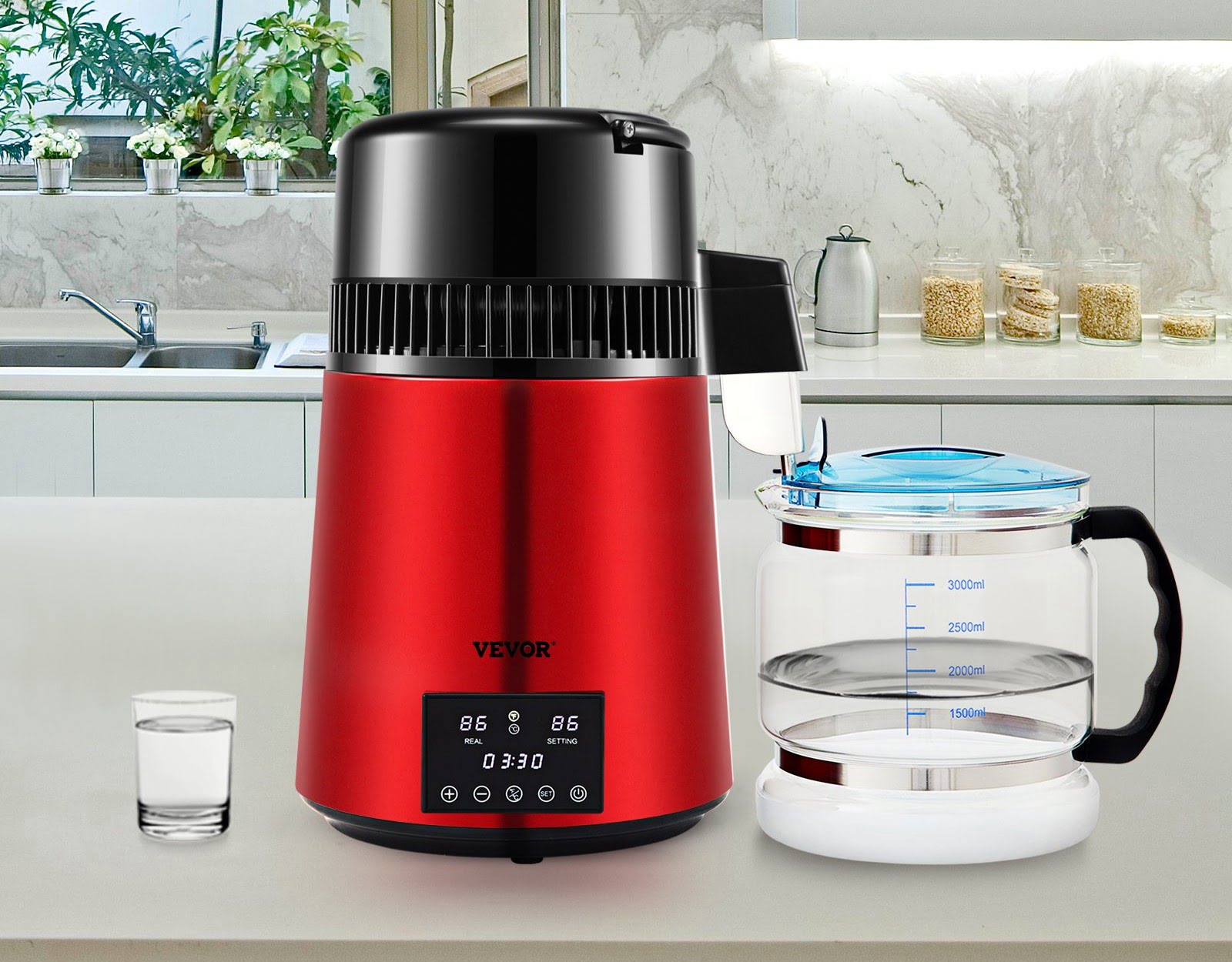
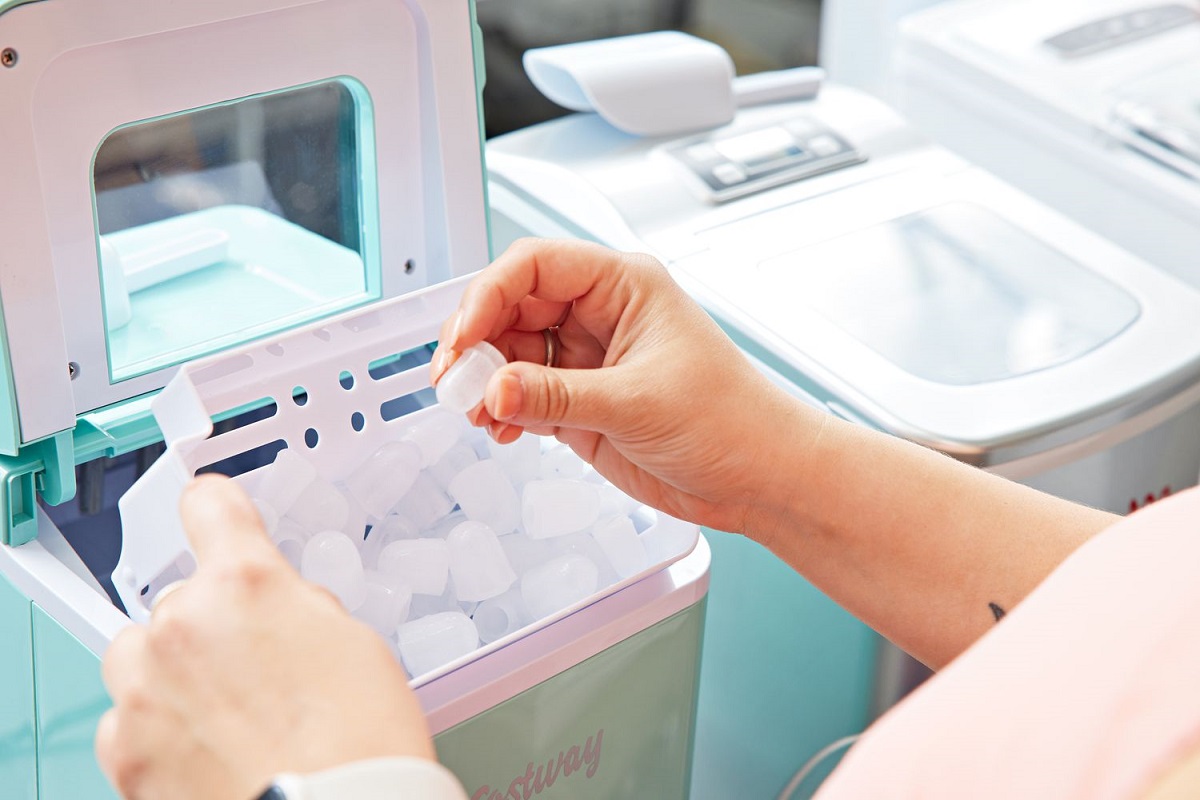
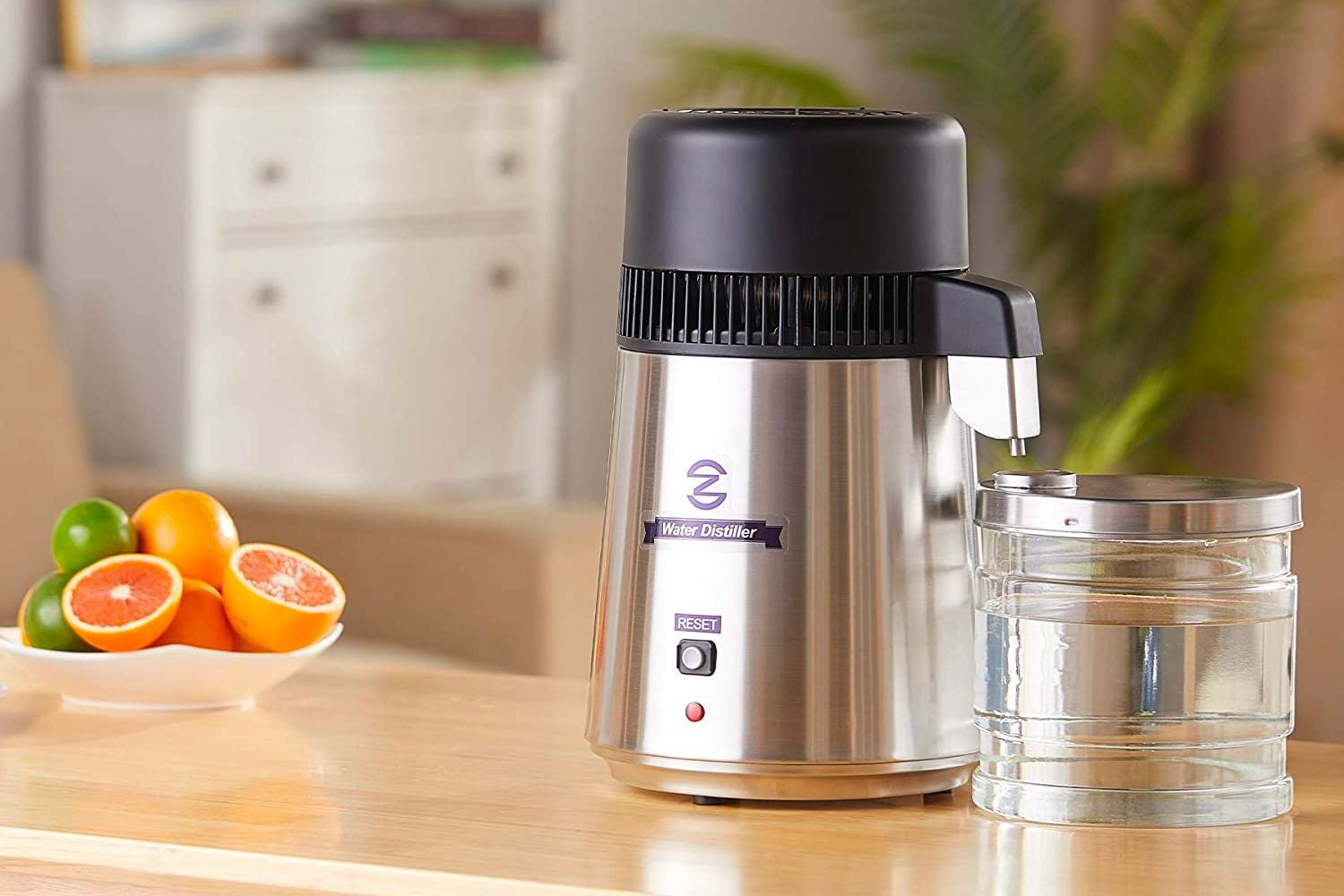
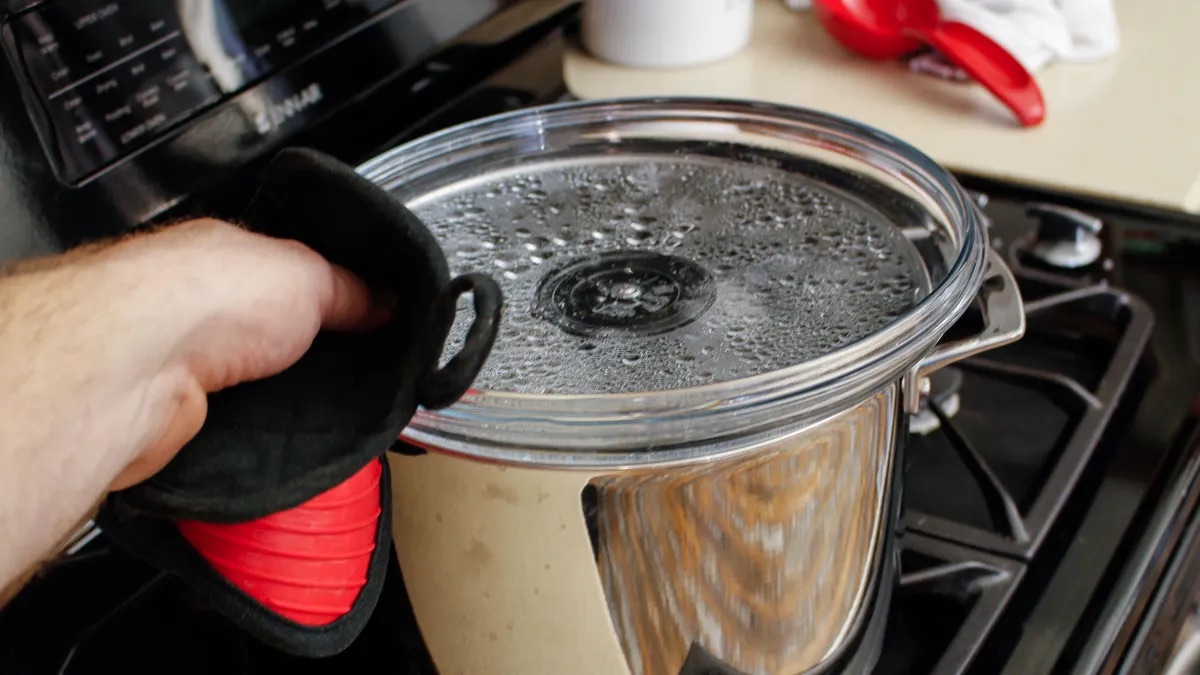
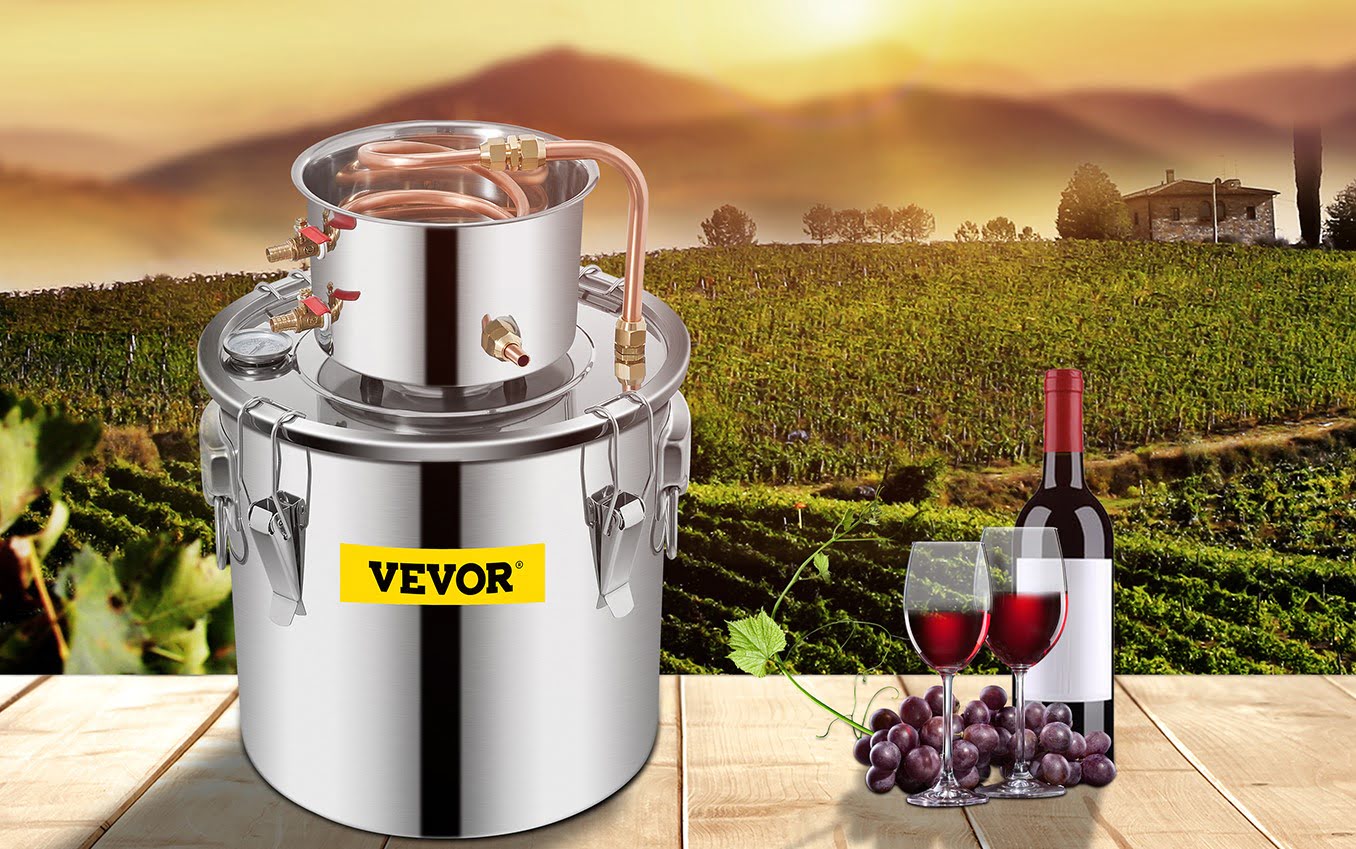

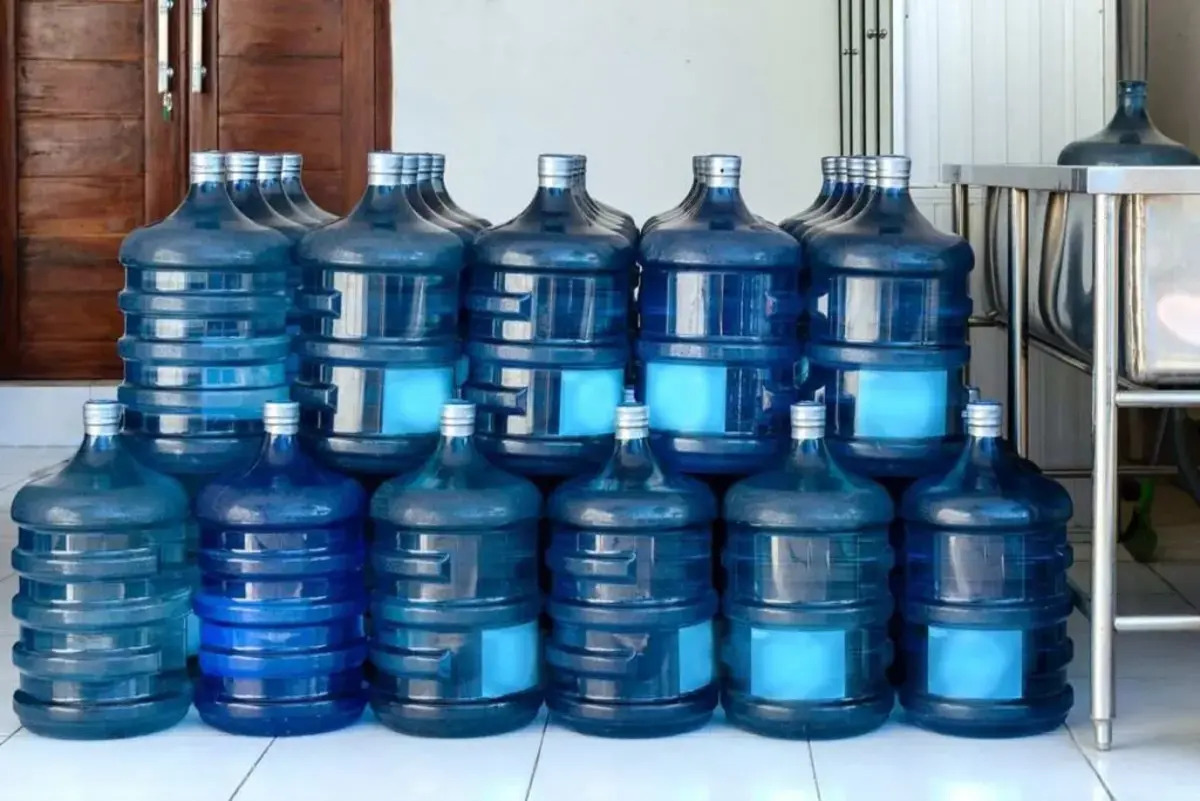
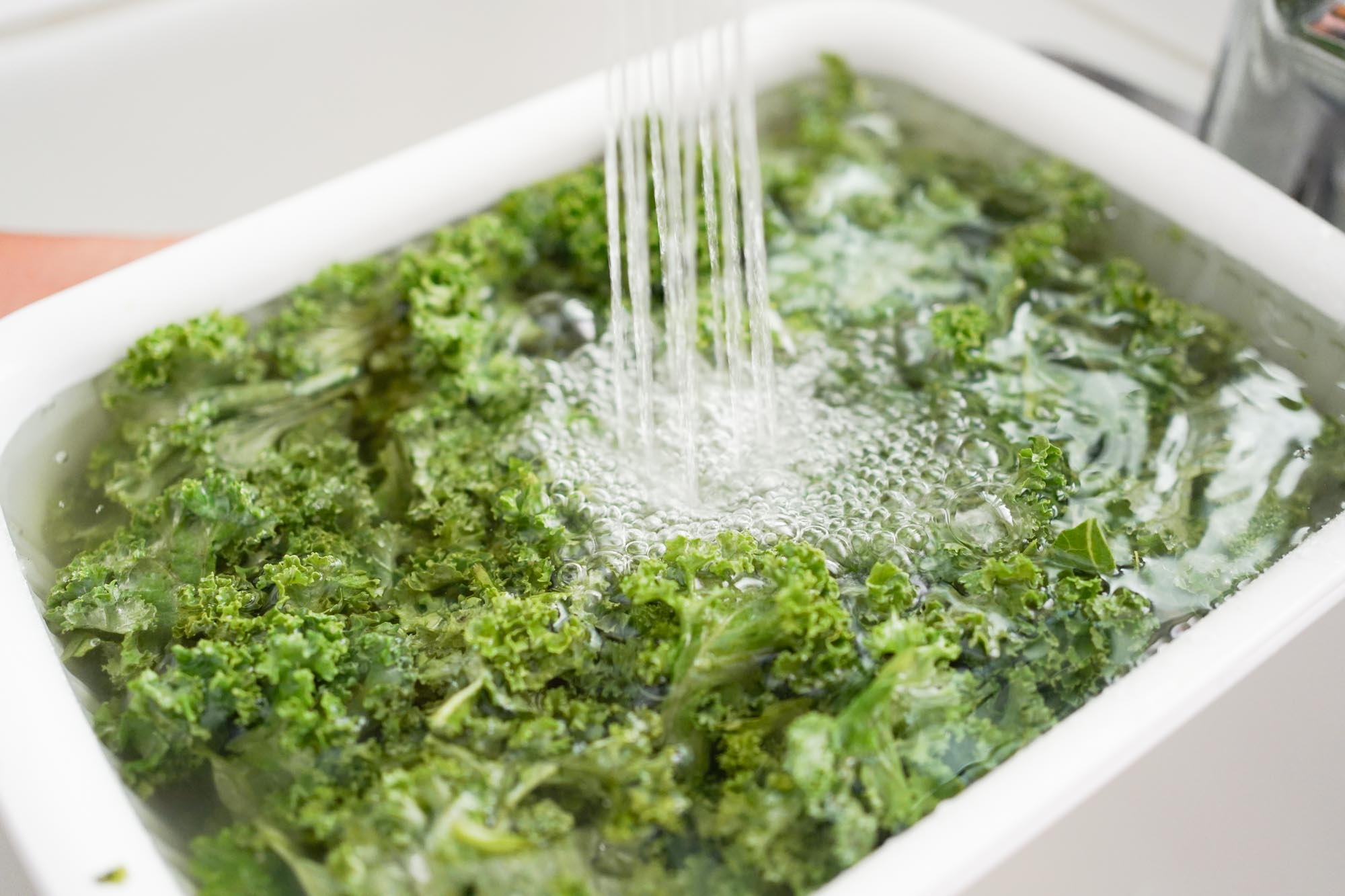
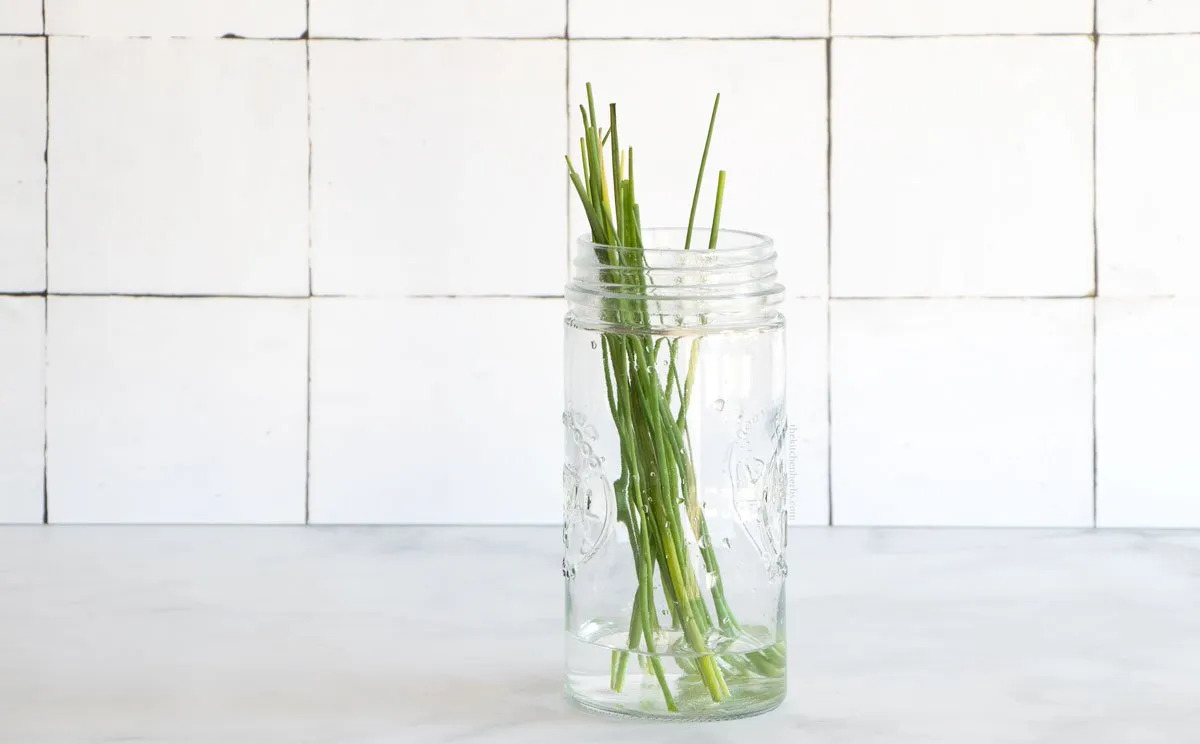
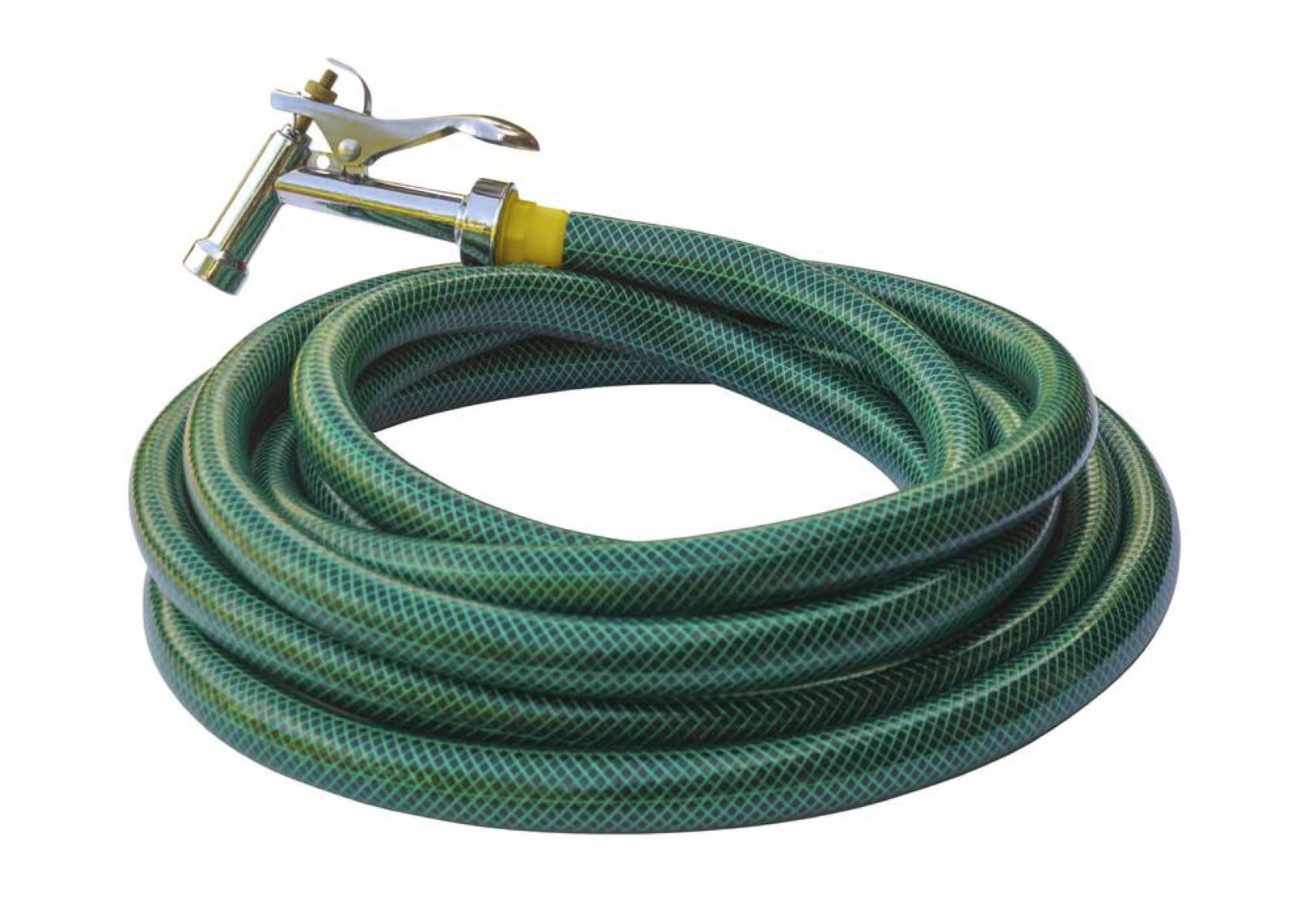
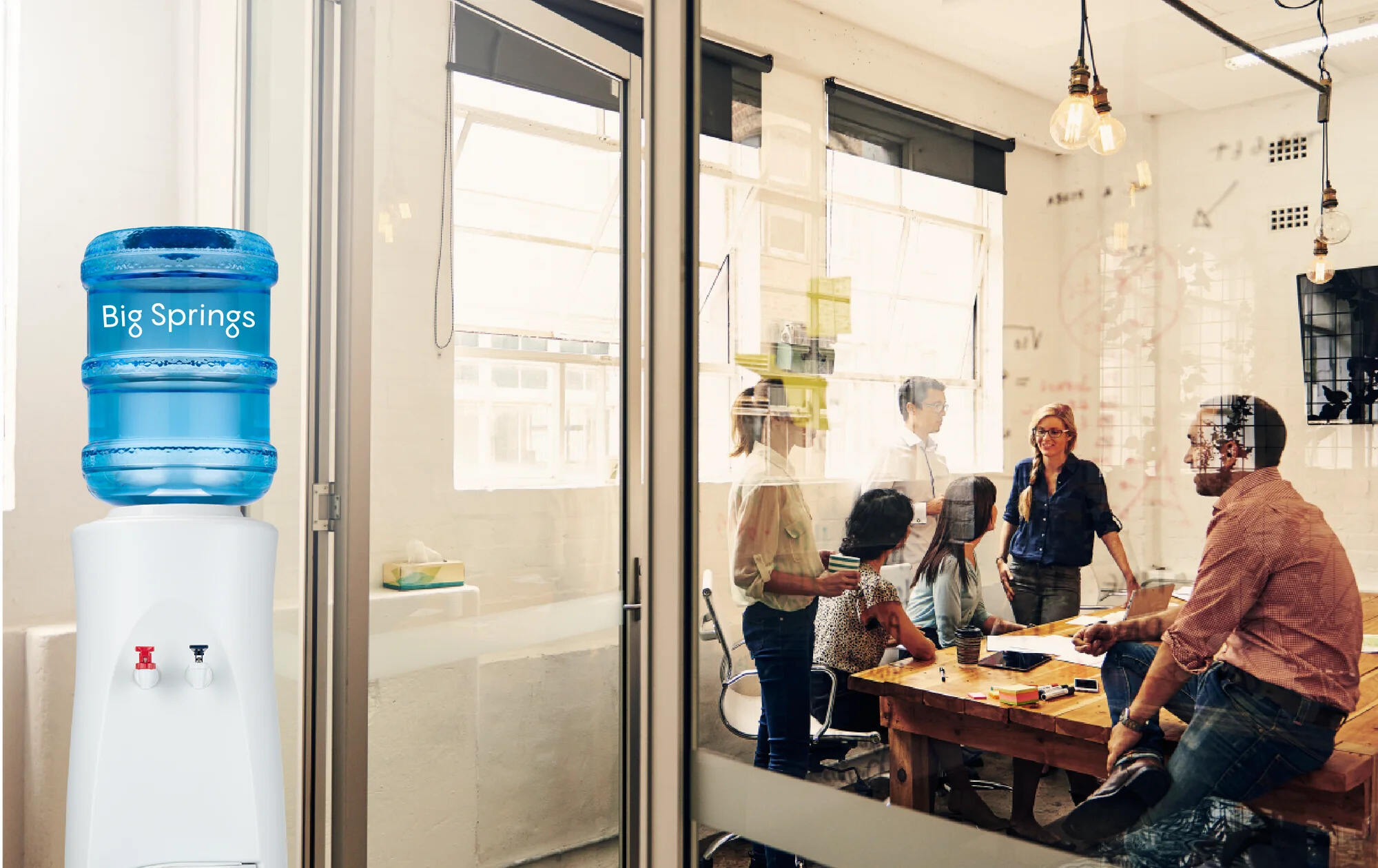
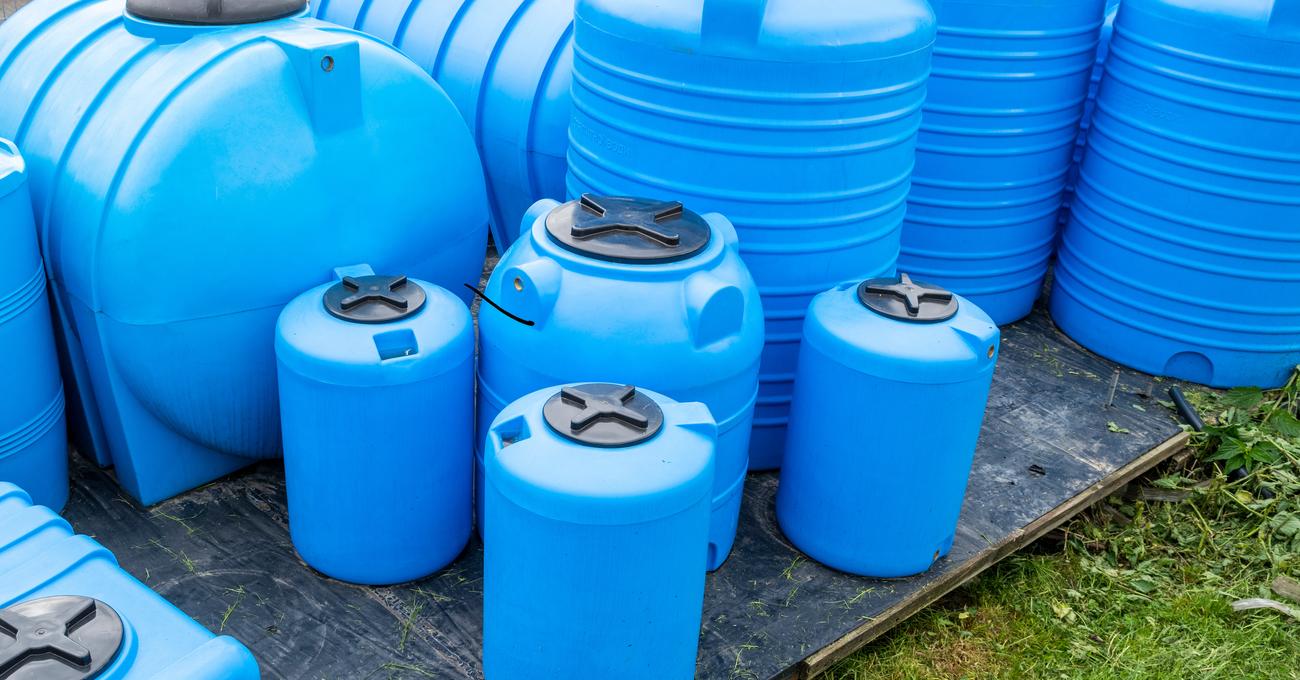
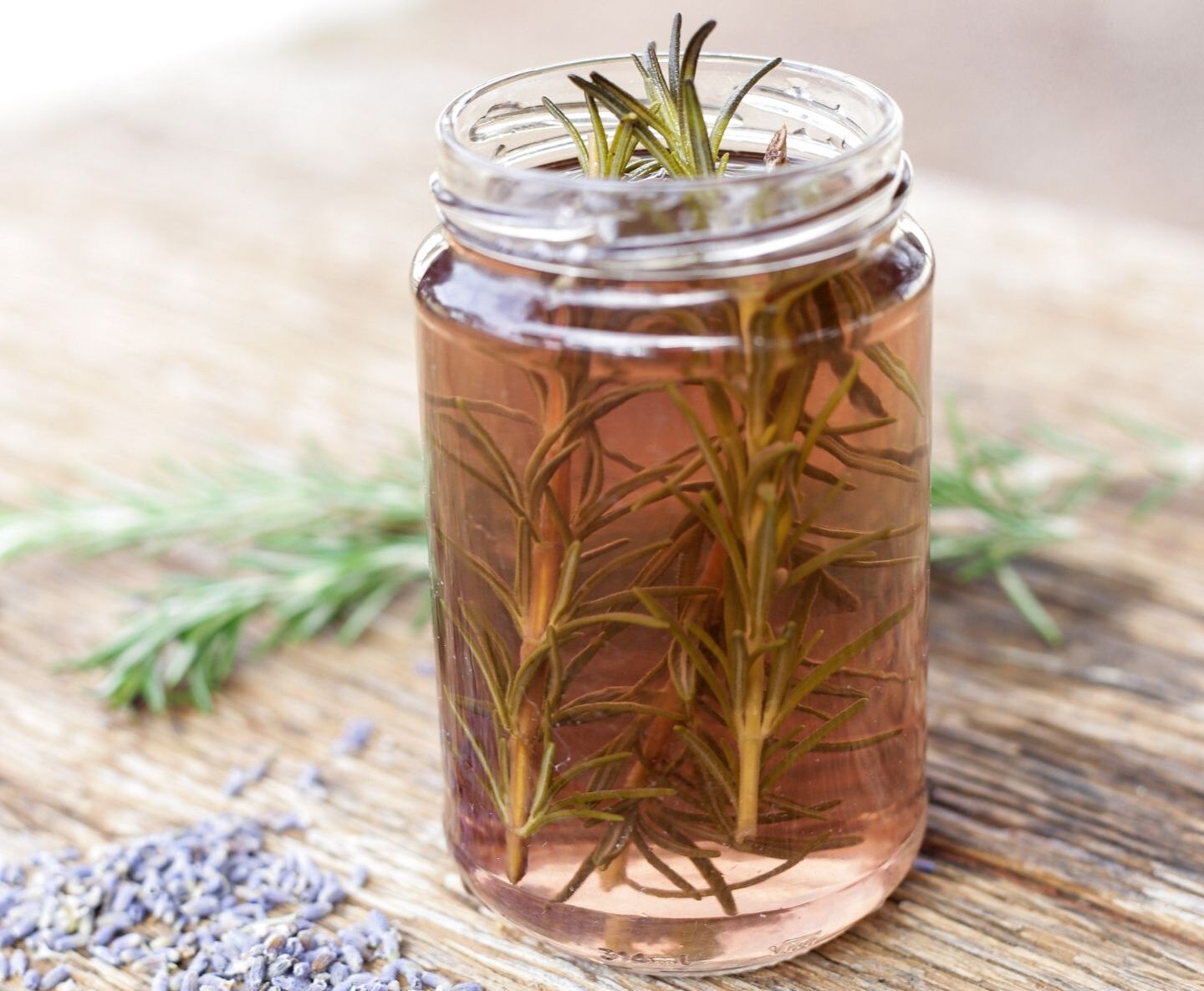
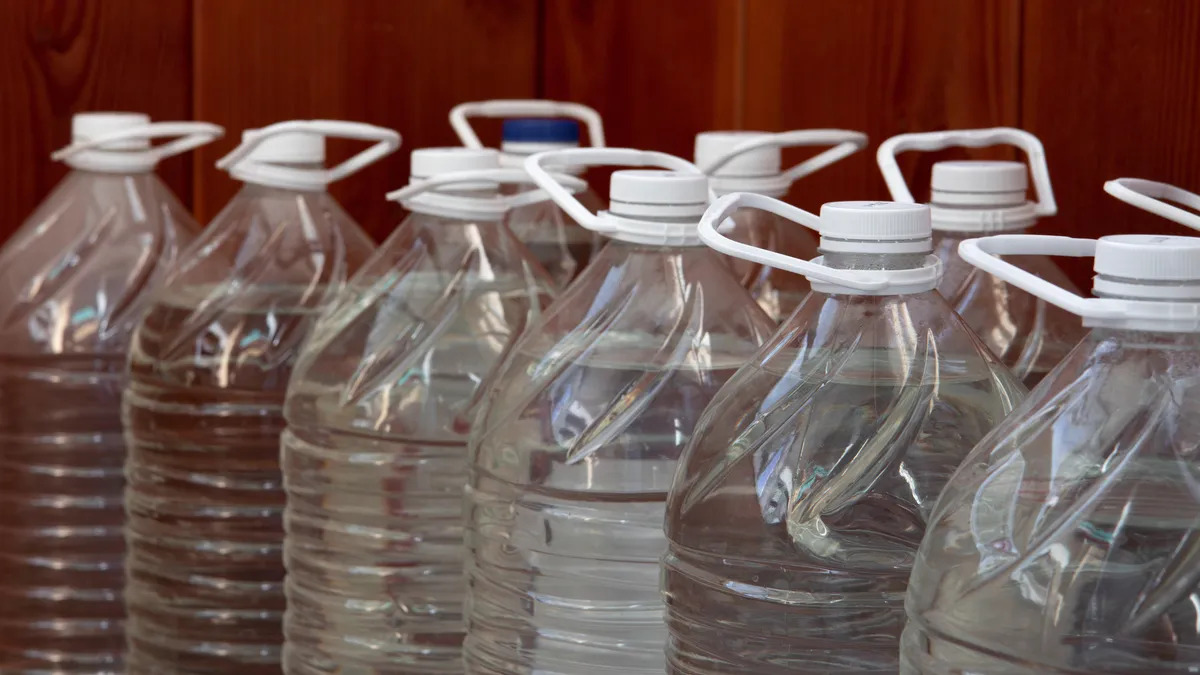

0 thoughts on “How To Store Distilled Water”